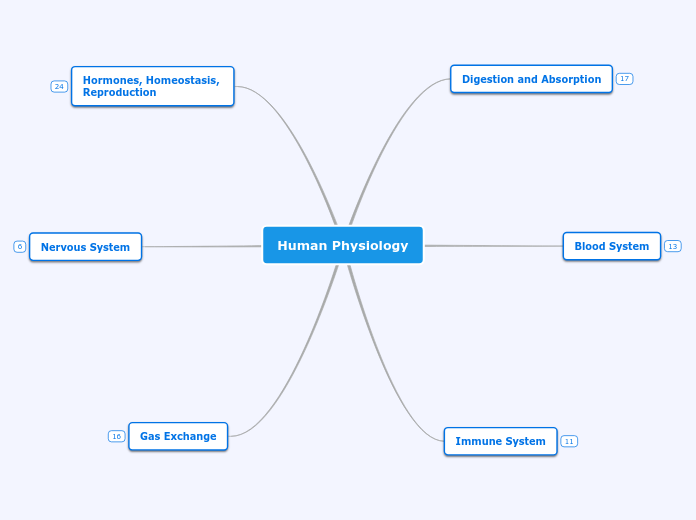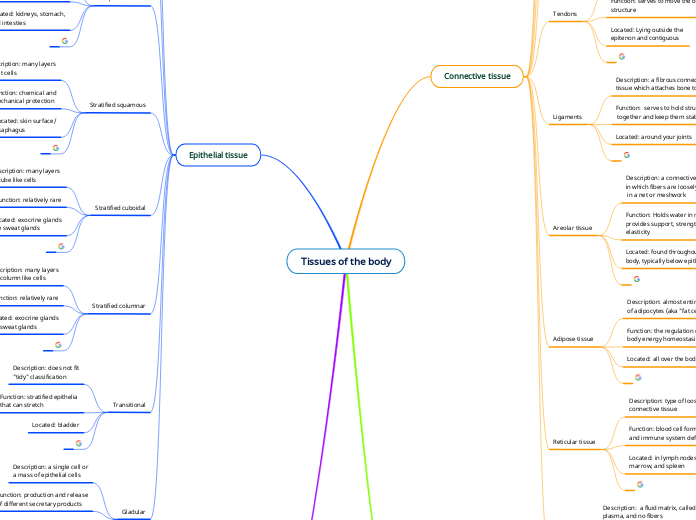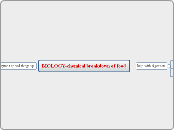von PANG JING RONG N/A Vor 9 Jahren
273
systeeeeems
The small intestine, a crucial component of the gastrointestinal tract, plays a vital role in digestion and the absorption of nutrients. It is divided into three key sections: the duodenum, which connects to the stomach and receives bile and pancreatic juice through the pancreatic duct; the jejunum, the middle segment; and the ileum, which attaches to the colon.









